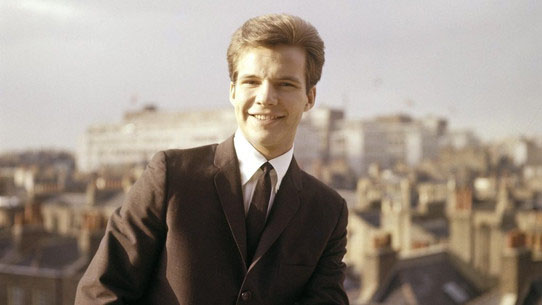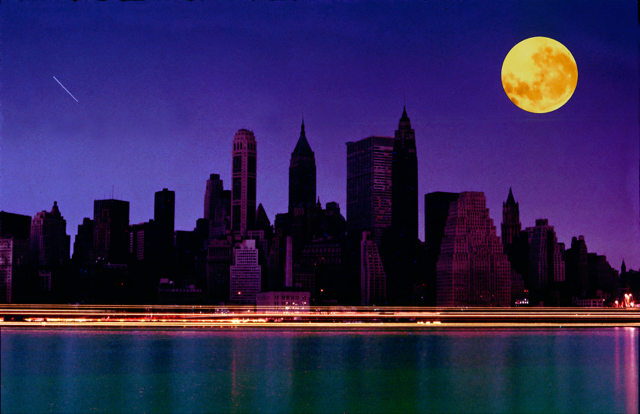
Where were you when the lights went out?
I was listening for the first time to a CD of mindfulness exercises. Focusing on my chest rising and falling with each breath, I was thrown off when the stereo abruptly switched off. My approach to life when trying new things is to diligently follow directions. Before using another brand of laundry detergent, for example, I read the back label of the bottle just in case they advise of a new and daring way to do laundry. Without my new facilitator telling me how to continue, I panicked. What should I do? Do I keep breathing?
Within a few minutes, it became apparent that most of South Australia and its population of approximately 1.7 million had been plunged into darkness; a blackout that mercifully would last only a few hours for those of us in the Adelaide metropolitan areas, but considerably longer in some of the outer suburbs and farther reaches of the state.
I was lucky that I had chosen to work from home that day (September 28, 2016). Many had to brave roads slippery from the severe storm that was in full swing with no working traffic lights. I’ve written before about my theory that Adelaide experiences a type of Gremlins effect when it rains. But, from what I heard, motorists were cautious and courteous on their ways home.
I don’t remember experiencing a lengthy blackout since I was a kid. Those ones seemed to come in summer. Families would walk the neighbourhood trying to get some respite from the heat inside the house; the grownups would check with neighbours to make sure that their house, and their house alone, wasn’t Ground Zero; and the children would excitedly use the torches that were regularly checked and stored securely for such events.
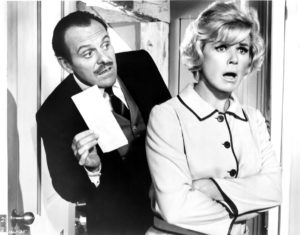
Since then, I’d read about and romanticised another blackout that occurred halfway across the world: the Northeast blackout that blanketed New York and surrounding states (and Ontario, Canada) in 1965. Films and TV series had used this event as a backdrop or inspiration. Doris Day, Robert Morse, and Terry-Thomas got into all sorts of trouble in Where Were You When the Lights Went Out? In Bewitched it was Aunt Clara who was responsible for such chaos. Goldie Hawn, then a young dancer, writes evocatively in her memoir, A Lotus Grows in the Mud, of how friends and neighbours made their way to her apartment at 888 Eighth Avenue on the night of 9 November:
We run around and light the candles as more and more friends arrive on our doorstep. “Okay, I guess the party’s at our house!” I laugh as I bring some glasses in from the kitchen.
“Well, you’re the only people we know who live in a three-story walk-up!” Eddie cries, holding up a bottle of scotch as he waltzes in.
We finish lighting the candles, relishing their flickering light. Someone strums on a guitar and another rolls a joint. My front door is wide open, and, suddenly, standing there are the two guys I met in the dry cleaner’s earlier this morning.
Goldie had been disheartened by her New York experiences and was of leaving the city. After the Northeast blackout, however, she was poised to give it another go. In reflecting on November 9, she concluded: “This one night became, for me, the epitome of the flower-power, peace-and-love days of the sixties. No one slept. Everybody loved each other; strangers made friends with strangers, and we had the wildest, funniest, most romantic night”.
Using Twitter and Facebook sparingly to conserve battery power to stay in contact with the world, I got the distinct impression that South Australia wasn’t experiencing so much peace, love, and understanding, as it was peace, love, and lording it over friends and associates. The state was quickly divided into the haves and have-nots. Those with gas stoves and matches fared much better than those of us with electric hotplates. Others had their camp lights and torches fully charged, and fridges and pantries stocked with staples or prime cuts of meat. Some even unwrapped previously-gifted Glasshouse candles so that they could make their way around their houses – or, if the worse happened and they walked straight into a door, they’d be transported to the evocative Amalfi Coast, glamorous Manhattan, or even the Galapagos as they drifted slowly in and out of consciousness. One friend announced in a group message that “We’re making tacos on the stove … and having a sleepout in the living room … and spending time with the children!” Another friend was trying a new recipe; yet another was fixing a gourmet BBQ.
Of course, I’m sure no one was deliberately rubbing it in what they presumed, in the dim, was my face. But it’s like when you’re single and everyone else is in a relationship. You peer out your window and, in quick succession, see a man reciting a sonnet to a fair maiden, lovers running in the meadows, dogs sharing spaghetti, and trains going through tunnels. Of course, if this is the case, you shouldn’t be looking for a partner so much as wondering, Where did I just move?
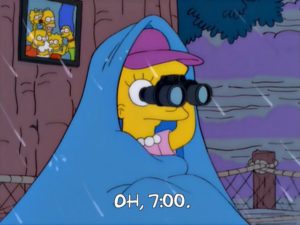
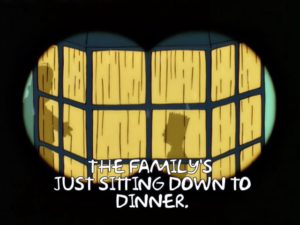
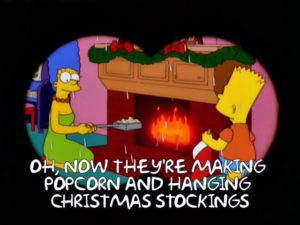
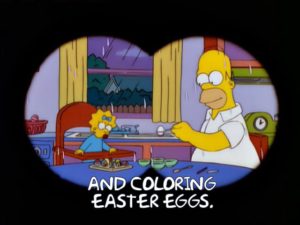
We were squarely in the have-not, Blair Witch-style camp. We’d been so busy during the week that, for the first time I can remember, the cupboard was pretty much bare (“Tarragon, anyone?”). Our torches and camp light were also flat, and our BBQ was not under cover and, therefore, it was not really feasible to use it in the rain. Even our cars were low on fuel, and so driving around to find a delicatessen on a lowly dark road seemed too risky.
Despite being bored and largely in the dark, I attempted to put into practice some of my mindfulness exercises. I accepted what was and stayed in the moment. I fumbled around in boxes and found a few tealight candles. Hungry and tired, Bob and I settled on a bottle of Amaretto and the rest of the pistachio ice-cream in the back of the fridge. One of the laptops mercifully had enough battery power for a few episodes of The Muppets. We joked that there was going to be a spike in pregnancies that could be traced back to this very night.
Like many others, I had always assumed that the Northeast blackout had led to a certain type of activity when the lights went out. Reports from August, 1966 in The New York Times are often cited, where it was reported that “a sharp increase in births” had occurred in several hospitals in areas where the blackout had hit about nine months earlier, but not in areas minimally or unaffected by the power outage, or locations where “many of whose commuters were stranded in the city”. Good to see those train passengers were well-behaved. Experts asked to speculate on why there may have been increased amorous activity suggested that “substitutes for sex … were eliminated that night”. And what were those substitutes? These included “meetings, lectures, card parties, theaters, [and] saloons”. Others suggested it may have been the result of couples not having “access to a major source of amusement” – television, that is; and in some cases, “people may have had trouble finding their accustomed contraceptives”. A lesson for not keeping too many things in the bedside table if ever there was one.
In a study published in Demography a mere five years after the blackout, J. Richard Udry examined New York City birth numbers for the period June 27-August 15 (chosen based on gestational ages of birth data) for 1961-1966, with 1966 of course being the expected year of arrival of these “blackout babies”. Based on several analyses, Professor Udry stated “We … cannot conclude from the data presented here that the great blackout of 1965 produced any significant increase (or decrease) in the number of conceptions”. Professor Udry believed that that our wanting to think a blackout or other weather event could lead to an increase in birth rates was because “It is evidently pleasing to many people to fantasy that when people are trapped by some immobilizing event which deprives them of their usual activities, most will turn to copulation”. Gracious, I may faint – pass me some smelling salts or that Galapagos candle. I’m surprised this study hasn’t been cited more extensively to debunk this 50-year myth. Sometimes, I guess we like to maintain the fantasy.
Drunk and pre-diabetic, bed time came early. I flicked a couple of light switches so that I’d be aware when the power finally came back on. Lying there in bed, I thought about the day. Goldie’s experience led her to realise “When we strip away the things that seem important and go back to the basics, we discover that all we really have is each other”. I agree wholeheartedly, but this blackout also made me consider our arrogance. We often think we’ve bested Mother Nature. It takes something like this to realise that in one foul swoop, she says, “We’ll see about that”.
I awoke with a startle when the hall lights came on sometime before midnight, and the washing machine starting gurgling. Turns out I had it going during my breathing exercises, but had tuned it out. Perhaps I’m coming around to the principles of mindfulness.
You’re probably wondering, Did I use a new and daring washing detergent? Of course not. Change doesn’t happen all at once.
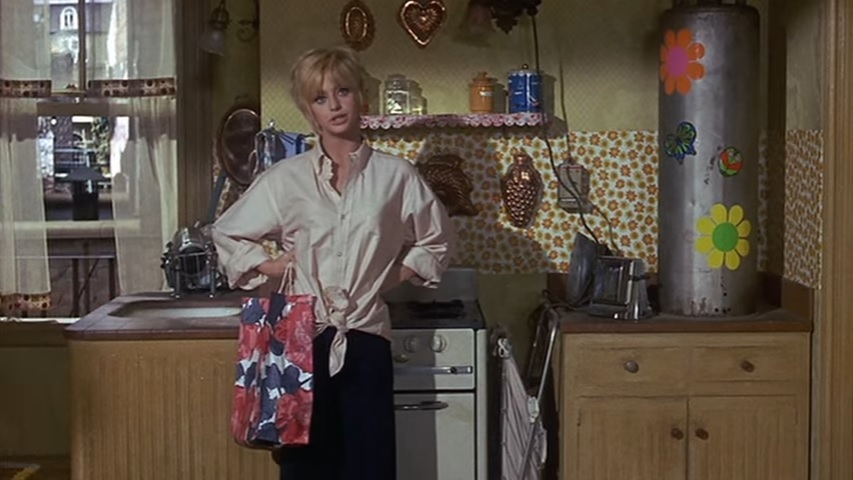
Screencaps for The Simpsons episode “Lisa the Tree Hugger” via Frinkiac.
